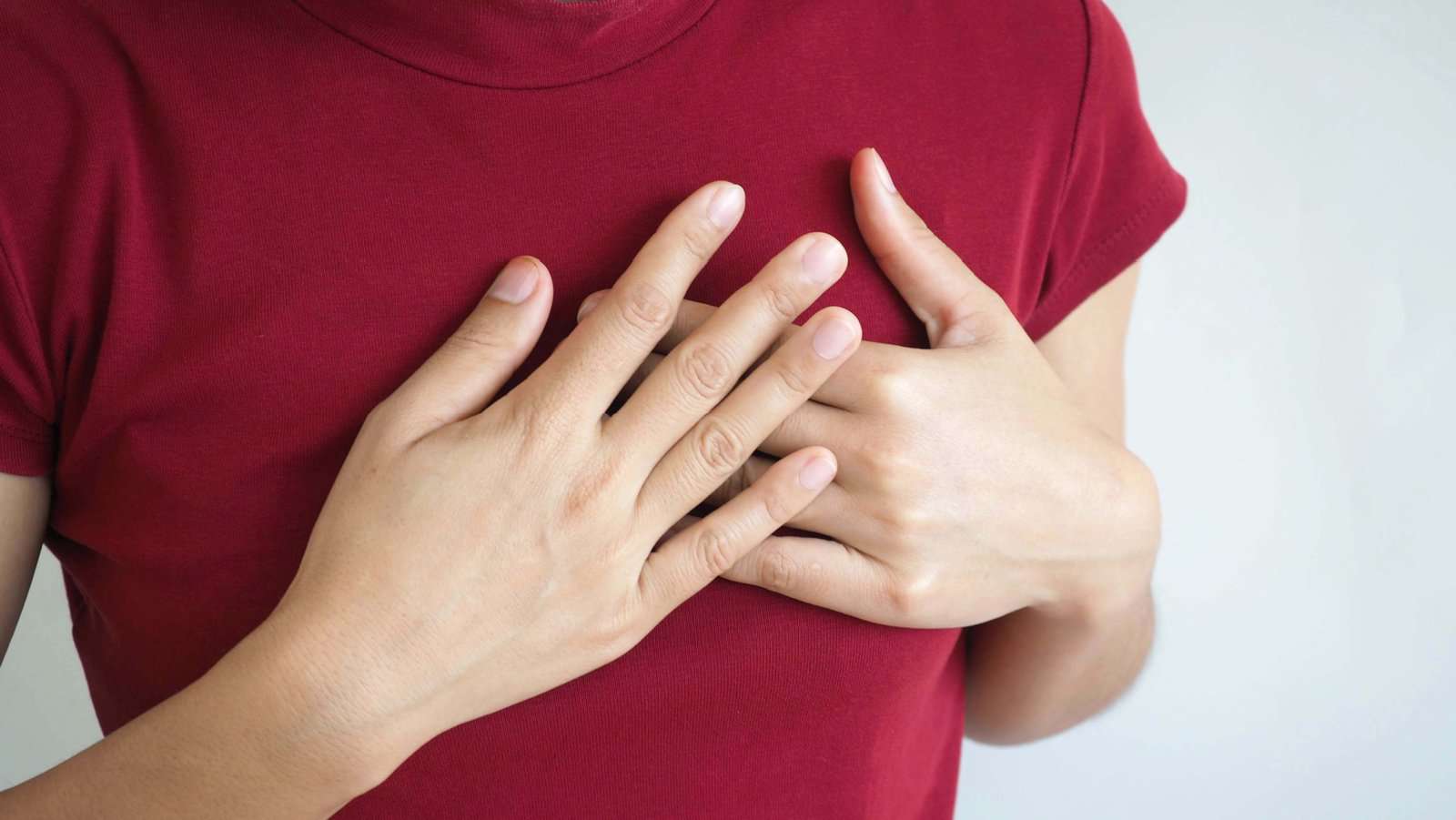Kyle Smart, DO, Cucamonga Valley Medical Group
Lately, I’ve been hearing more and more people talk about POTS, also known as Postural Orthostatic Tachycardia Syndrome. If you’re reading this, you might be wondering what it actually is. POTS affects circulation and heart rate, and it can cause a wide range of symptoms that disrupt everyday life. Even though it isn’t a new condition, many people are just starting to connect the dots between their symptoms and this diagnosis.
What Is POTS?
POTS is a form of dysautonomia, which means it affects the autonomic nervous system. That’s the part of your body that automatically controls things like heart rate, blood pressure, digestion, and temperature regulation.
It’s much more common in females than in males, with about five women affected for every one man. Most cases occur in women between the ages of 15 and 50.
Common Symptoms of POTS:
Lightheadedness or dizziness
Blurred or fading vision
Generalized weakness
Fatigue
Palpitations
Mental clouding or “brain fog”
Anxiety
Nausea
Shortness of breath
Headaches
What Causes It?
When you stand up, gravity pulls blood into the lower part of your body. In a healthy person, the autonomic nervous system reacts by tightening the blood vessels and slightly increasing the heart rate to maintain blood flow to the brain. This keeps you from feeling faint or dizzy when changing positions.In people with POTS, this response doesn’t work as it should. Their bodies struggle to adjust, which leads to the symptoms listed above. Possible causes include:
Low blood volume
Neuroendocrine dysfunction
Small fiber neuropathy
Autoimmune issues
Unlike other conditions that cause similar symptoms, POTS typically does not involve low blood pressure.
How Is POTS Diagnosed?
A cardiologist usually makes the diagnosis. This process includes reviewing your medical history, going over your symptoms, and completing a physical exam that checks your heart, lungs, and nervous system. Additional tests often include:
Electrocardiogram (EKG)
Routine blood work
Autonomic testing such as a tilt-table test or sudomotor testing
Treatment Options
There isn’t a single cure for POTS, but most people respond well to a combination of lifestyle changes and medical support. Some common treatment strategies include:
Increasing fluid intake, especially water and drinks with electrolytes
Adding more salt to your diet, under the guidance of your provider
Structured exercise, introduced slowly to help retrain the autonomic system
Wearing compression garments, such as stockings or abdominal binders
Trying medications, if symptoms remain severe despite conservative measures
What to Expect
The outlook for POTS is generally good. Many people improve over time, and some see their symptoms completely resolve within a year. Like other chronic conditions, POTS can come in waves, with periods of flare-ups and remission.
If you’re dealing with symptoms like dizziness, fatigue, or rapid heart rate when standing, talk to your doctor. Getting the right diagnosis and treatment can make a big difference.
Let’s Talk About Menopause: Breaking the Silence on a Natural Transition
By Kiara Zamorano, MSN, FNP-CWhen it comes to reproductive health, there’s...




